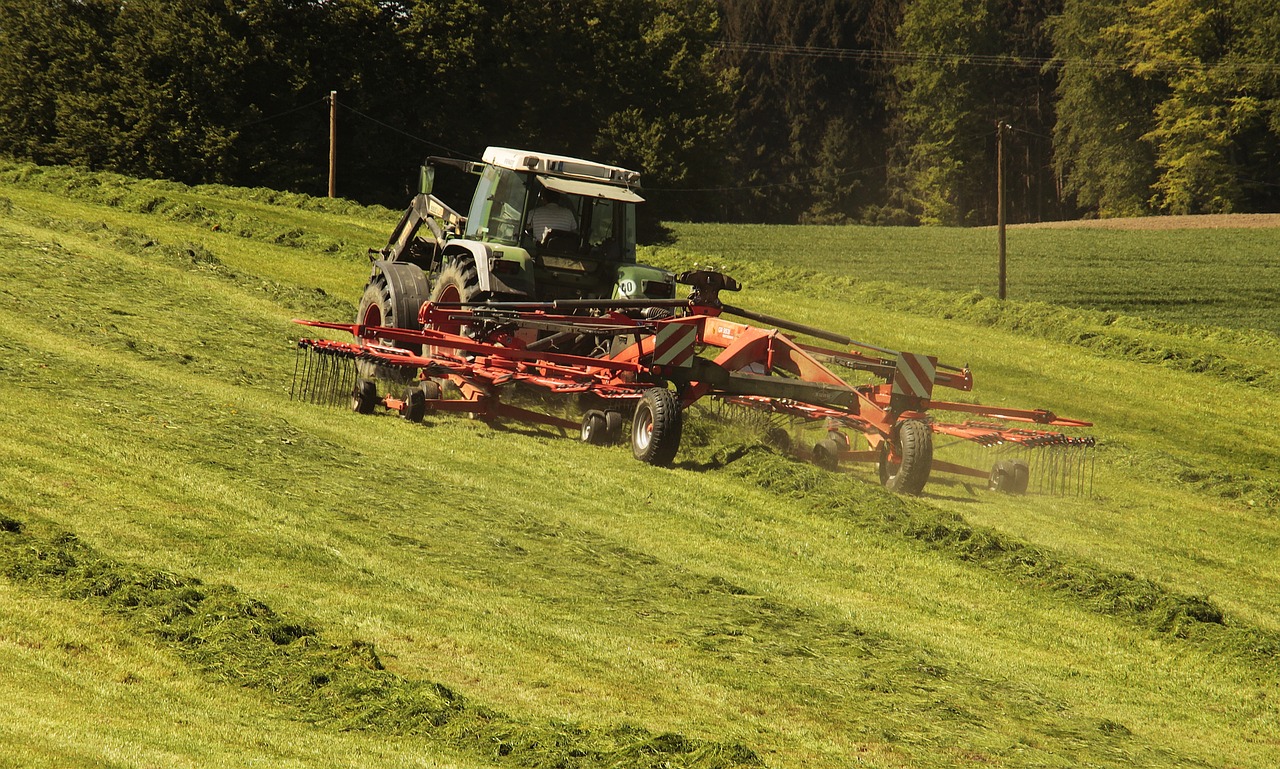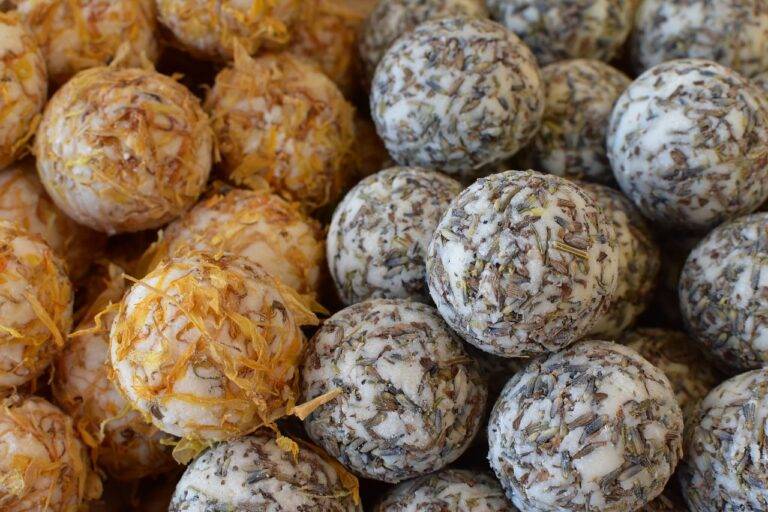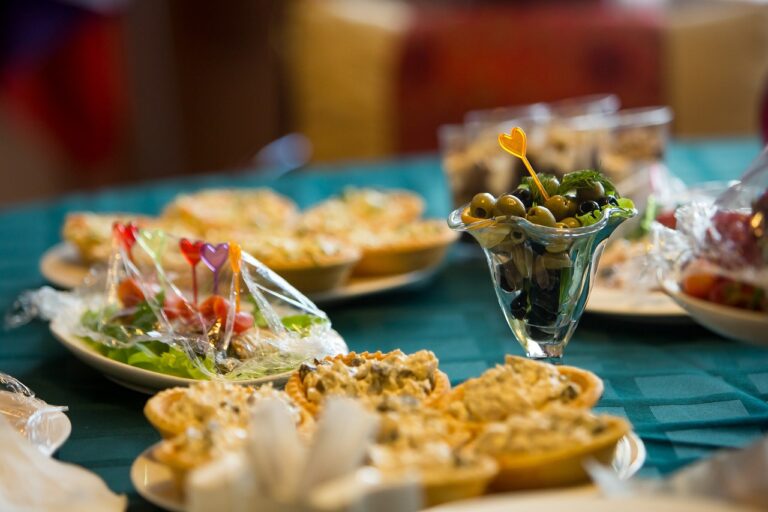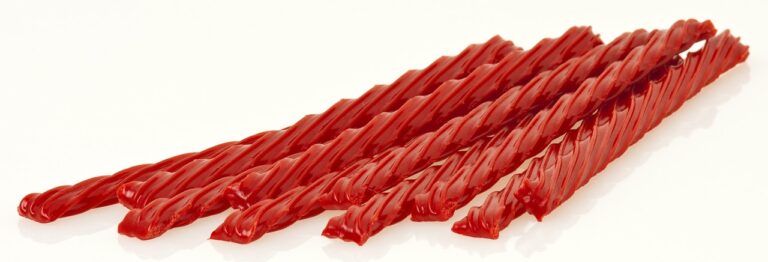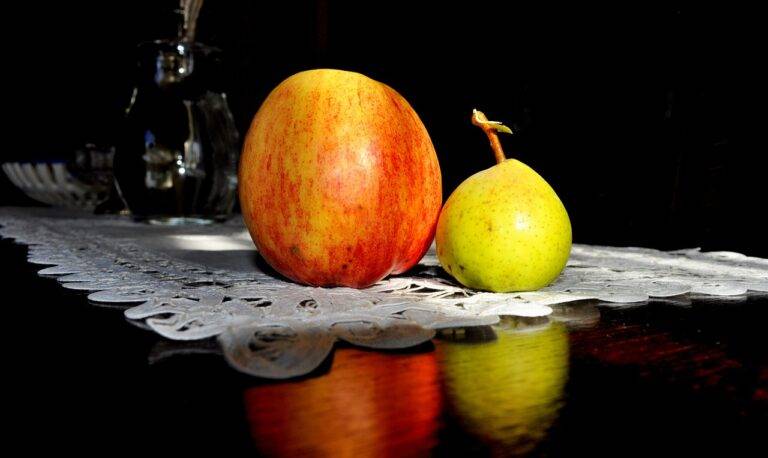The Role of Food in Cultural Diplomacy
Culinary diplomacy involves using food as a tool to foster international relations and promote cultural exchange between nations. Through shared meals and culinary experiences, diplomats can build trust, establish rapport, and strengthen bonds with their counterparts from different countries. The act of breaking bread together has long been recognized as a powerful way to bridge cultural gaps and facilitate communication in a non-confrontational setting.
Food serves as a universal language that transcends barriers of language and ideology, allowing individuals to connect on a personal level regardless of their backgrounds. By showcasing their culinary heritage, countries can showcase their unique traditions, customs, and values to the world. Through food-focused events, such as festivals, food tastings, and cooking demonstrations, nations can share their culinary delights and create a platform for meaningful interactions that can pave the way for diplomatic collaborations and partnerships.
Historical Significance of Food in Diplomatic Relations
Food has played a crucial role in diplomatic relations throughout history. From ancient times to modern-day diplomacy, the act of sharing a meal has been used as a tool for building trust, understanding, and goodwill between nations. Food has the power to transcend cultural barriers and language differences, allowing individuals to connect on a basic human level.
In many cultures, the act of sharing a meal is seen as a symbolic gesture of friendship and hospitality. By partaking in the culinary traditions of another country, diplomats can show respect for their hosts and demonstrate a willingness to engage in open and honest dialogue. Food has the unique ability to evoke emotions and memories, making it a powerful tool for creating lasting bonds between nations.
What is culinary diplomacy?
Culinary diplomacy refers to the use of food and cuisine as a tool for promoting cross-cultural understanding and building positive relationships between nations.
How has food played a role in diplomatic relations throughout history?
Food has long been used as a means of diplomacy, with leaders using lavish feasts and banquets to foster goodwill and establish alliances with other countries.
Can you provide examples of historical events where food played a significant role in diplomatic relations?
One notable example is the use of food as a diplomatic tool during the Middle Ages, when feasts were often used to seal treaties and agreements between European monarchs.
What are some key aspects of culinary diplomacy?
Key aspects of culinary diplomacy include the use of food to showcase a country’s culture, traditions, and hospitality, as well as the potential for food to serve as a bridge between different cultures and foster mutual understanding.
How can food continue to play a role in modern diplomatic relations?
In the modern world, food continues to play a significant role in diplomatic relations, with countries using cuisine as a way to showcase their national identity, promote tourism, and build connections with other nations.

